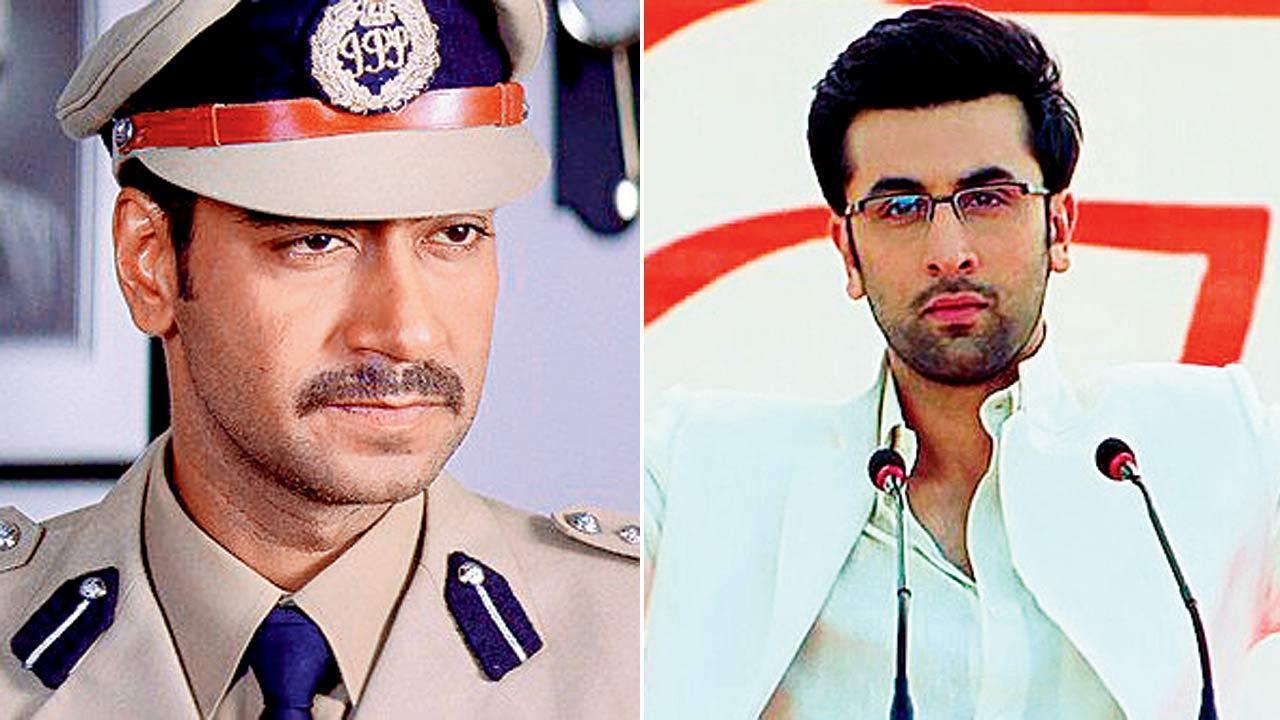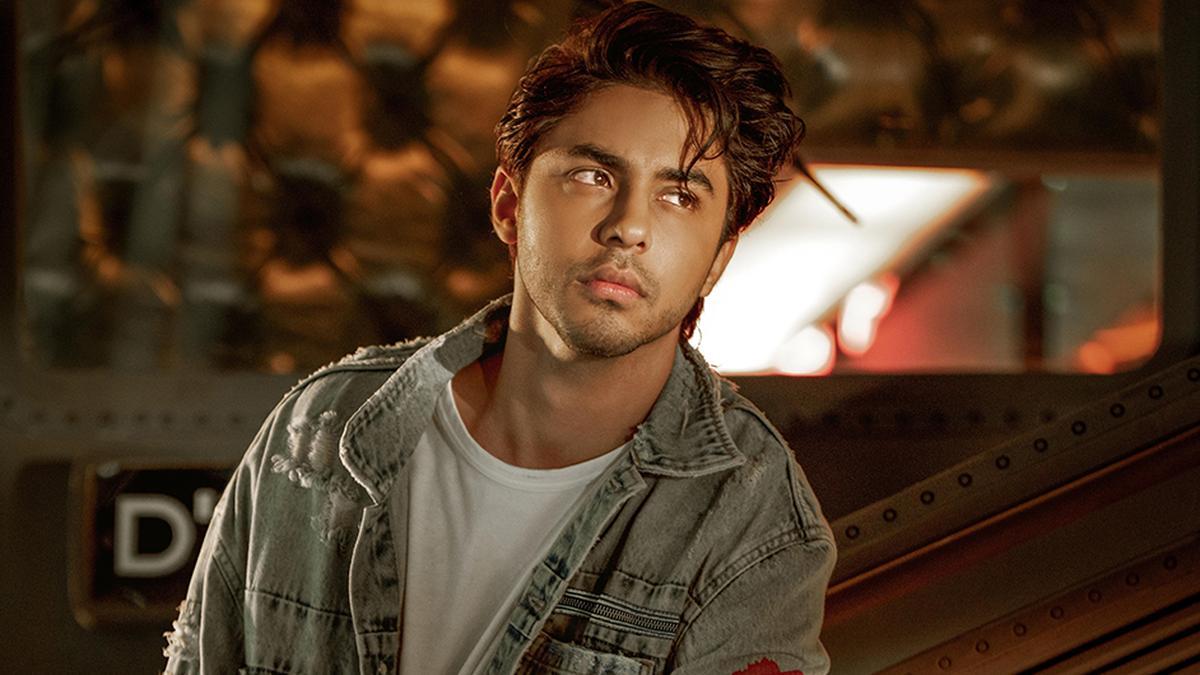
Harom Hara, the Telugu film that takes its name from the fervent ‘harom hara’ chants of devotees worshiping Subramanya Swamy, known as Murugan, in the Chittoor district, has been creating quite the buzz in the cinematic landscape. Written and directed by Gnanasagar Dwaraka, Harom Hara aims to weave a narrative deeply embedded in the ethos of Kuppam, a small town in the aforementioned district. Here, the central character, Subramanyam, played by Sudheer Babu, rises to the status of a near-deity amongst the locals after he confronts and combats various goons.
Set a few decades ago in the rugged backdrop of Chittoor, the film’s aesthetic and populist narrative style evoke strong memories of the widely acclaimed Pushpa. Adding to the reminiscent flavor is the presence of Sunil, further fortifying the sense of déjà vu. A KGF-style plotline also threads through the film, wherein an outsider turns savior for the people. In this storyline, it is Subramanyam’s father who motivates him to amass great wealth, thrusting him into the heart of conflict and celebration. Yet, the question looms large: how long can this Pushpa-meets-KGF narrative maintain its grip before it succumbs to the pitfalls of clichés?
From the very outset, the film delves into the central conflict with a gripping confrontation between a diligent police officer and Subramanyam’s illegal gun manufacturing and trading operation. Akshara Gowda portrays the role of the police officer, painstakingly seeking justice against Subramanyam and his accomplice, Palani, played by Sunil. The clash is as much about the law as it is about the moral conundrums underlying the narrative. She argues against the mob’s veneration of an illegal gun trader, while Palani recounts tales of vanquishing the rakshasas—a metaphorical reference to the political and criminal elements intertwined in the plot.
Arvind Viswanathan’s cinematography adds depth to the storytelling, capturing Kuppam in a visual palette of rain-soaked frames and brooding blue-grey skies. The rural landscape is evocative, steeped in both beauty and a sense of foreboding. Classical tropes of feudal oppression emerge as the plot unfolds—farmlands being seized, women facing exploitation, and whistleblowers meeting gruesome fates. Desperation drives many inhabitants to flee in search of greener pastures, setting the stage for Subramanyam’s arrival.
Subramanyam emerges as a complex character—a man whose stubbornness and skewed moral compass lead him down a dark path. His nonchalant indifference to the ethical implications of his actions underscores his journey.
. His facility with manufacturing serves as a harbinger of the escalating violence. An abandoned cinema hall, adorned with a poster of superstar Krishna, becomes his clandestine workshop, signaling a mix of nostalgia and impending doom. As he ramps up gun production, he is oblivious to the repercussions, and violence soon disrupts his operations.
The initial segments of character development shine but are ultimately overshadowed by an unrelenting deluge of violence in later scenes. The romance subplot featuring Malvika Sharma feels tacked on, adding little substance to the narrative. Post-intermission, Harom Hara transforms into an almost episodic series of violent ‘mass’ action sequences spread across various locales. The brutality peaks with graphic depictions—coconuts smashed on heads, axes cleaving through flesh, and an arsenal of guns displayed like relics of a forgotten era. The firearms, given names of iconic actors like NTR, ANR, Chiranjeevi, and Amitabh Bachchan, add a bizarre layer to the escalating conflict.
In an almost ironic twist, a character’s plea for divine intervention amid the chaos feels strikingly misplaced, rapidly drowned out by an ensuing bloodbath. The narrative crescendo adheres to the now commonplace inclusion of a giant-sized gun—a trope that has become synonymous with high-octane action films in recent years. Once a novel concept popularized by movies like Kaithi, Vikram, and KGF, this oversized artillery has trended into cliché, often invoking humor rather than awe.
Sudheer Babu’s portrayal of Subramanyam, replete with his chiseled physique and intense angst, stands out against the backdrop of relentless violence. Yet, even a commendable performance by Babu and seasoned actors like Sunil and Jayaprakash cannot elevate Harom Hara from its muddled execution. The grandiose incorporation of mythological references—rakshasas, Tarakasura, and Murugan—falters, adding little gravitas to an overextended and ultimately tedious narrative.
In conclusion, Harom Hara attempts to deliver an action-packed, emotionally charged story but ultimately succumbs to cinematic excess and familiar tropes. The film’s well-crafted initial setup is buried under an avalanche of violence and cliches, leaving viewers yearning for depth beyond the glitzy facade of oversized guns and mythical allusions.










